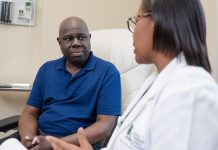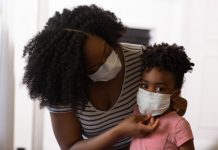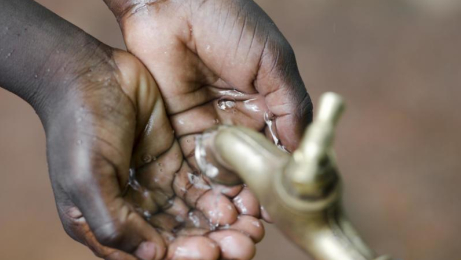Diagnosis
Although signs and symptoms of severe cholera may be unmistakable in endemic areas, the only way to confirm a diagnosis is to identify the bacteria in a stool sample.
Rapid cholera dipstick tests are now available, enabling health care providers in remote areas to confirm diagnosis of cholera earlier. Quicker confirmation helps to decrease death rates at the start of cholera outbreaks and leads to earlier public health interventions for outbreak control.
Treatment
Cholera requires immediate treatment because the disease can cause death within hours.
- Rehydration. The goal is to replace lost fluids and electrolytes using a simple rehydration solution, oral rehydration salts (ORS). The ORS solution is available as a powder that can be reconstituted in boiled or bottled water. Without rehydration, approximately half the people with cholera die. With treatment, the number of fatalities drops to less than 1 percent.
- Intravenous fluids. During a cholera epidemic, most people can be helped by oral rehydration alone, but severely dehydrated people may also need intravenous fluids.
- Antibiotics. While antibiotics are not a necessary part of cholera treatment, some of these drugs may reduce both the amount and duration of cholera-related diarrhea for people who are severely ill.
- Zinc supplements. Research has shown that zinc may decrease and shorten the duration of diarrhea in children with cholera.






























